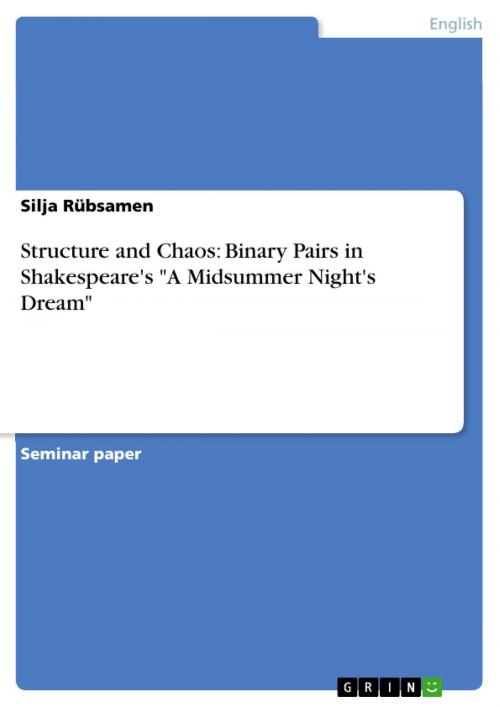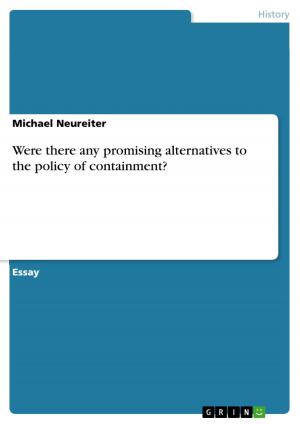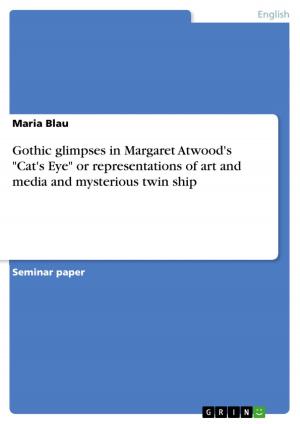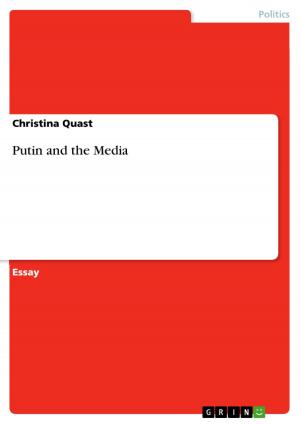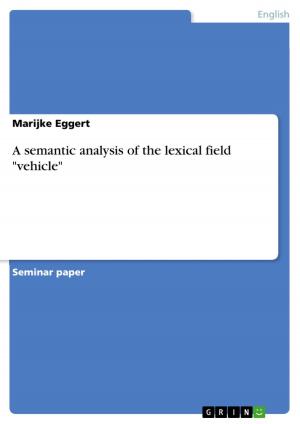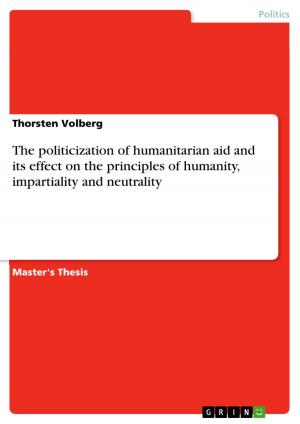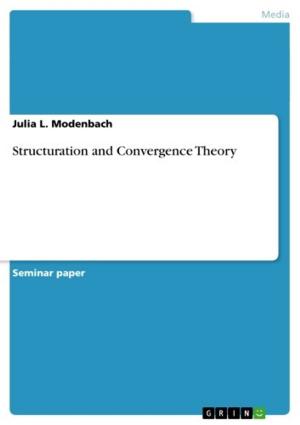Structure and Chaos: Binary Pairs in Shakespeare's 'A Midsummer Night's Dream'
Fiction & Literature, Literary Theory & Criticism, British| Author: | Silja Rübsamen | ISBN: | 9783638507424 |
| Publisher: | GRIN Publishing | Publication: | June 2, 2006 |
| Imprint: | GRIN Publishing | Language: | English |
| Author: | Silja Rübsamen |
| ISBN: | 9783638507424 |
| Publisher: | GRIN Publishing |
| Publication: | June 2, 2006 |
| Imprint: | GRIN Publishing |
| Language: | English |
Seminar paper from the year 2002 in the subject English Language and Literature Studies - Literature, grade: A- (= 1,3), University of Massachusetts - Amherst (English Department), course: English 891 Honors: Shakespeare on Stage, Page and Film, 10 entries in the bibliography, language: English, abstract: Peter G. Philias assumes that Shakespeare's Midsummer Night's Dream is a play that lives off seemingly incompatible contradictions: A Midsummer Night's Dream and The Tempest,a play it prefigures in important ways, share the distinction of illustrating better than any other plays Shakespeare's device of juxtaposing extremes for the purpose of indicating a golden mean. Bipolar oppositions that can immediately be recognized are civilization and nature, which are juxtaposed in the confrontation of the court of Athens and the forest. In addition, man and woman are working against each other in the unequal couples of Theseus and Hippolyta, Oberon and Titania, and arch-conservative Egeus and his daughter Hermia. Concentrating on the opposition between town - the court of Athens - and wilderness - the forest - this essay is dedicated to an examination of the underlying force that drives the development of the plot: opposition. Furthermore, the essay will examine two filmic versions ofA Midsummer Night's Dreamfrom different times, and compare their representation of the opposing forces. Max Reinhardt's (1935) and Michael Hoffmann's (1999)A Midsummer Night's Dreamhave been chosen as the two different movie versions of the play that can stand as representatives for different time periods and different approaches towards Shakespeare on film. The comparative analysis of the films will be based on the results of the play's analysis, which will deal with the primary opposition established in the play - the opposition between the court of Athens, the realm of law and order, and the forest, the realm of dreams and chaos - and its reflection in the relationship between man and woman, which also exhibits strong traits of a polarized, oppositional relationship. The basic assumption on which the paper is based is that the 1935 movie version of the play subverts the play's concepts of the orderly town and the chaotic wilderness. In the film, the court of Athens is in a state of disorderly flux - from carnival to a brief display of authority and back to carnival - whereas, paradoxically, the wilderness is governed by a sense of order. The characterization of Oberon as a haughty king who maintains order does not permit a portrait of the woods as ultimately unruly and chaotic.
Seminar paper from the year 2002 in the subject English Language and Literature Studies - Literature, grade: A- (= 1,3), University of Massachusetts - Amherst (English Department), course: English 891 Honors: Shakespeare on Stage, Page and Film, 10 entries in the bibliography, language: English, abstract: Peter G. Philias assumes that Shakespeare's Midsummer Night's Dream is a play that lives off seemingly incompatible contradictions: A Midsummer Night's Dream and The Tempest,a play it prefigures in important ways, share the distinction of illustrating better than any other plays Shakespeare's device of juxtaposing extremes for the purpose of indicating a golden mean. Bipolar oppositions that can immediately be recognized are civilization and nature, which are juxtaposed in the confrontation of the court of Athens and the forest. In addition, man and woman are working against each other in the unequal couples of Theseus and Hippolyta, Oberon and Titania, and arch-conservative Egeus and his daughter Hermia. Concentrating on the opposition between town - the court of Athens - and wilderness - the forest - this essay is dedicated to an examination of the underlying force that drives the development of the plot: opposition. Furthermore, the essay will examine two filmic versions ofA Midsummer Night's Dreamfrom different times, and compare their representation of the opposing forces. Max Reinhardt's (1935) and Michael Hoffmann's (1999)A Midsummer Night's Dreamhave been chosen as the two different movie versions of the play that can stand as representatives for different time periods and different approaches towards Shakespeare on film. The comparative analysis of the films will be based on the results of the play's analysis, which will deal with the primary opposition established in the play - the opposition between the court of Athens, the realm of law and order, and the forest, the realm of dreams and chaos - and its reflection in the relationship between man and woman, which also exhibits strong traits of a polarized, oppositional relationship. The basic assumption on which the paper is based is that the 1935 movie version of the play subverts the play's concepts of the orderly town and the chaotic wilderness. In the film, the court of Athens is in a state of disorderly flux - from carnival to a brief display of authority and back to carnival - whereas, paradoxically, the wilderness is governed by a sense of order. The characterization of Oberon as a haughty king who maintains order does not permit a portrait of the woods as ultimately unruly and chaotic.
